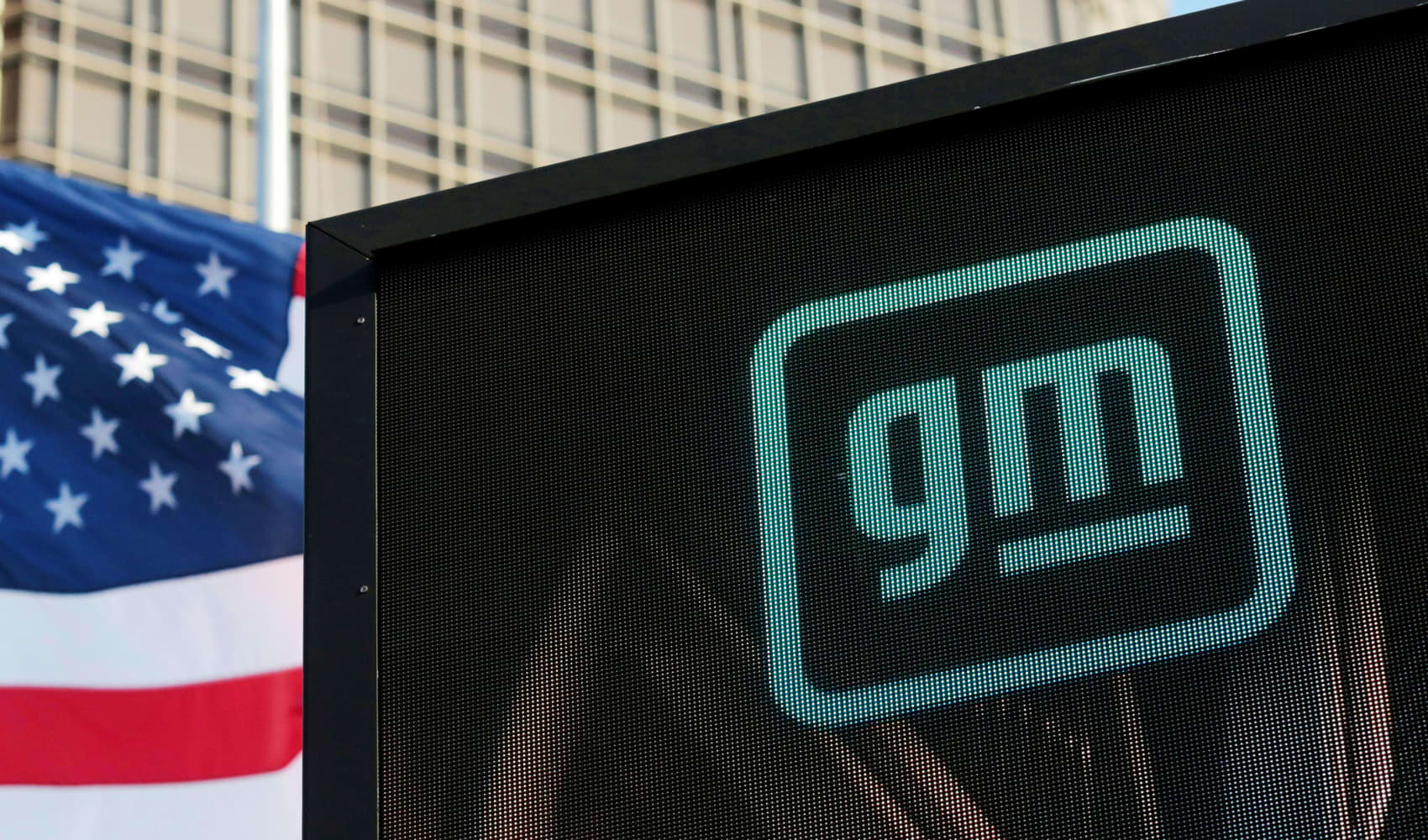
- Highly compensated employees are those making more than $130,000 a year or who own — along with a spouse or other family member — more than 5% of the company they work for.
- If you qualify as an HCE under either of those criteria, your maximum contribution limits to a tax-deferred retirement plan are tied to the participation rates of other employees in the company.
- Workarounds can include the purchase of life insurance or setting up a non-deductible IRA that can eventually be rolled into a "backdoor" Roth IRA.
It's always nice getting a raise, but it could affect your ability to save for retirement through your 401(k) plan.
Highly compensated employees — those making more than $130,000 annually — may not be able to contribute the maximum to their tax-deferred retirement plan if their lower-paid colleagues aren't diligently socking funds away, too.
The 2020 and 2021 limits for deductible contributions to a 401(k) plan are $19,500, or $26,000 including a $6,500 optional catch-up contribution for people over age 50.
Get New England news, weather forecasts and entertainment stories to your inbox. Sign up for NECN newsletters.
Highly compensated employees, however, may not be able to contribute those maximum amounts. HCEs are defined as anyone who makes more than the $130,000 income threshold or who — along with their spouse and/or family members — owns more than 5% of the company.
More from Smart Tax Planning:
This tax pitfall could affect millions due to Covid
State tax departments set their sights on pro athletes
People fled from these high-tax states in 2020
If you qualify as an HCE under either of those criteria, your maximum contribution limits are tied to the participation rates of other employees in the company.
Money Report
"The rub for highly compensated employees is that they can't contribute more than 2% above the average contributions of other employees in the plan," said Tom Gibson, a CPA and senior tax strategist for Tax Saving Professionals.
For example, if the average employee contribution to their 401(k) plan is 5% of their salary, HCEs cannot contribute more than 7% to their account. An individual making $150,000 could therefore set aside a maximum of $10,500 to the plan. The rationale for the rule is to encourage broad participation in the plan. Employer contributions to the plan must also follow rules to maintain the plan's tax-qualified status.
While minimizing current taxes is always a good goal, Gibson suggests high-income taxpayers also consider longer-term tax planning, as well, including in retirement.
"The idea behind any type of tax-deferred account is that your tax rate will be lower in retirement," Gibson said. "It worked well for my parents, but it may not be ideal for everyone."
Most notably for HCEs. Gibson and many other tax analysts expect tax rates to rise for high-income individuals going forward. If that's the case, maximum tax deferral now may not be the slam dunk it would seem to be.
"The question is will you be in a lower tax bracket in retirement," said Gibson. "Every dollar you put into a qualified plan today saves you 37 cents in taxes.
"If you pay 42% to 45% in taxes when you pull the money out, it eats up a lot of the tax-free growth in the account."
With that said, Gibson advises his clients to contribute to qualified plans, at least to get the matching contributions they are eligible for from their employer.
There are also options for HCEs unable to max out their 401(k) contributions.
If they are over 50, they can make the $6,500 catch-up contribution regardless of limits on their regular contribution. Taxpayers can also sock away up to $6,000 ($7,000 for those over 50) in a traditional or Roth individual retirement account.
Roth IRAs — Gibson's favorite tax-saving vehicle — are funded with after-tax dollars but grow tax-free and are not subject to taxes on withdrawal. They will not, however be a direct option for most HCEs. The contribution limits begin to phase out when a single taxpayer's annual income tops $125,000 and are eliminated after it reaches $140,000.
Gibson offers several "workaround" ideas for clients who do want to maximize current tax-deferral opportunities, including the purchase of life insurance. His favorite strategy, however, is setting up a non-deductible IRA that can eventually be rolled into a "backdoor" Roth IRA.
The accounts are funded with after-tax dollars and the earnings on them are also taxable. However, account holders, regardless of their income levels, can roll the funds into a Roth IRA tax-free and without any penalty up until 2025. The same contribution limits as with traditional IRAs apply. The option is set to expire in 2025 but Gibson thinks it could be extended.
"We use the end of 2025 as a guideline to get people converted over to Roth accounts to the greatest extent possible," he said.






